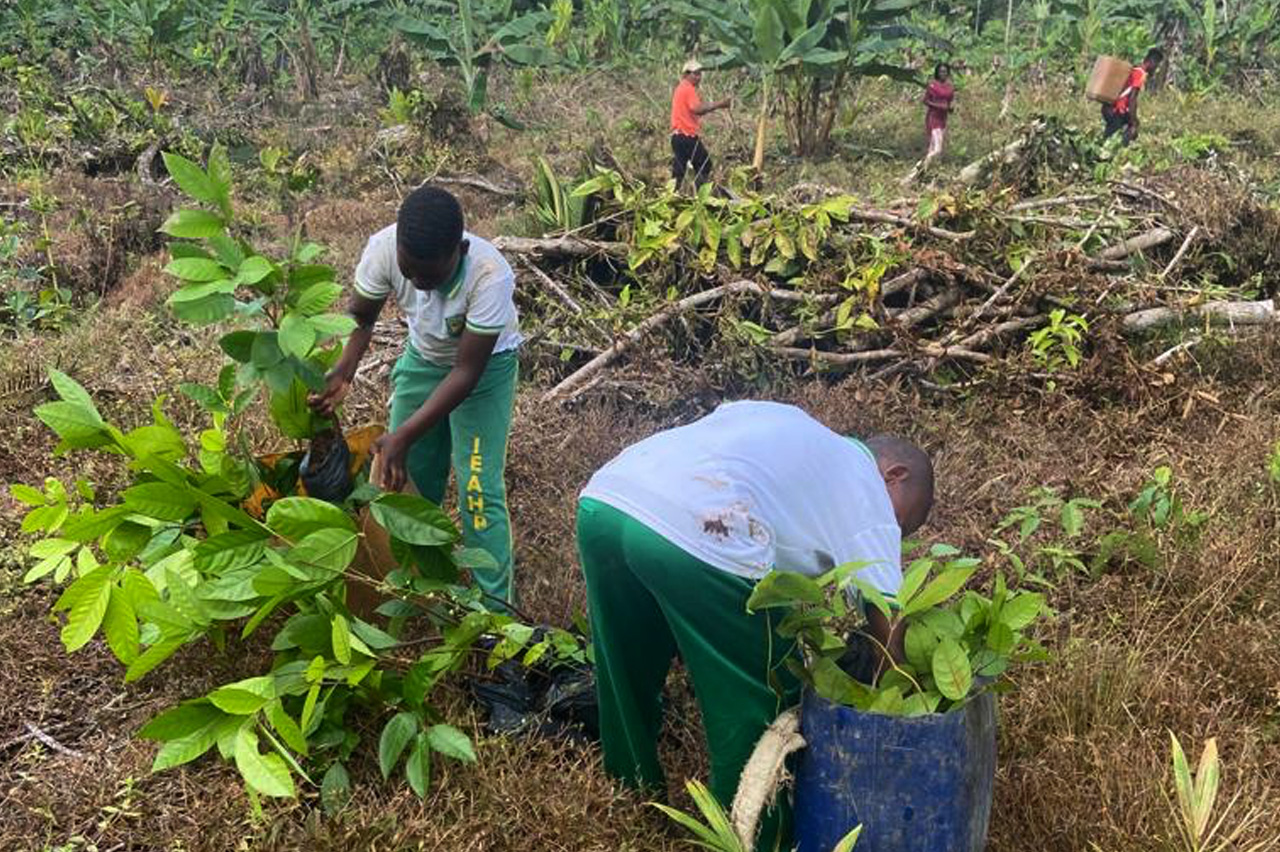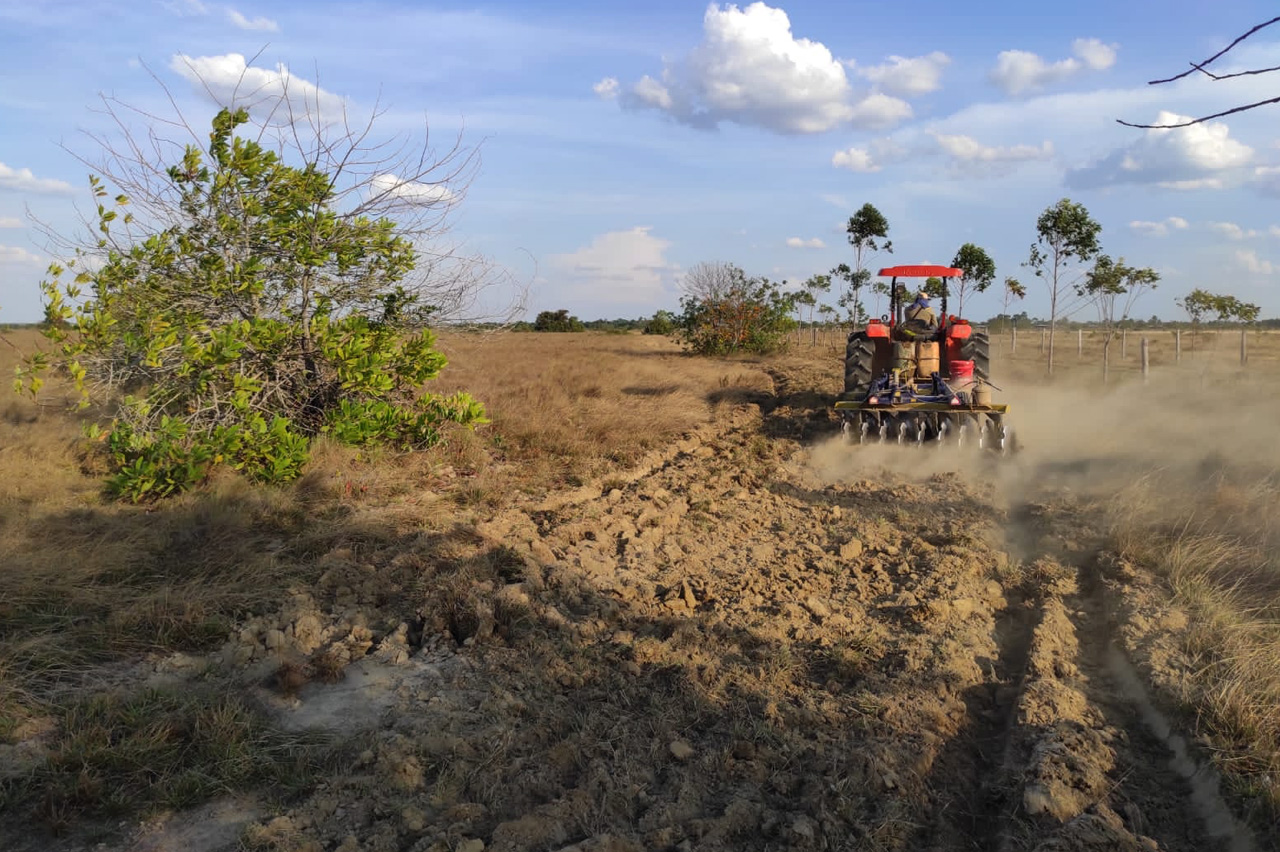Under this Action Line, PVS aims to recover natural ecosystems and increase the connectivity and quality of the habitat of landscape species, so they can contribute to the provision of ecosystem services.
Restoration and the preservation of high-integrity forests offer the greatest potential among all nature-based mitigation options. The ecological conditions of Colombia make it one of the 15 most strategic countries to achieve these objectives.
WCS has taken a leadership role in implementing restoration projects in collaboration with local NGOs, communities, private actors, and public entities in various regions of the country, such as the Andes, the Chocó region, the Caribbean, the Eastern Llanos, and the Andean-Amazon foothills, addressing restoration as a local strategy to ensure nature's services and benefits.
 Photo: Hamleth Valois/Universidad Tecnológica del Chocó
Photo: Hamleth Valois/Universidad Tecnológica del Chocó
The strategies implemented encompass various practices, defined according to local conditions, the level of degradation, biodiversity threats, and local community preferences.
Our working model includes consultation with stakeholders, ecological, social, and economic diagnostics, identification of pressures, area prioritization, and co-designing strategies with the local community.
So far, functional connectivity corridors have been established, which in just 5 years have proven effective for the movement of threatened wildlife in highly fragmented landscapes. In this way, we have improved the conditions of habitats for threatened species such as the marimonda (Ateles hybridus), the blue-billed curassow (Crax alberti), the jaguar (Panthera onca), and the carranchina turtle (Mesoclemmys dahli). This has been achieved through ecosystem rehabilitation strategies related to water resources, enrichment of degraded forests, restoration of threatened timber species populations, and productive restoration with agroforestry systems of coffee, cacao, and silvopastoral systems.
Additionally, the PVS has generated positive social impacts by training more than 150 people, creating restoration communities, developing business initiatives around the propagation and sale of plants for restoration projects, employing over 60 people from local communities, and providing over 100 temporary eco-jobs for planting, isolations, and nursery management. PVS also purchased 29,000 plants from community nurseries it has strengthened.
 Photo: Diana Hernández / WCS Colombia
Photo: Diana Hernández / WCS Colombia
In the PVS working landscapes, more than 197 partner properties have signed conservation agreements, which include areas under restoration. Firebreaks or barriers have been built to help conserve 19,000 hectares, including forests, morichales, and savannas. The creation of 21 nurseries was supported, along with the planting of 384,000 plants from more than 100 species in nearly 600 hectares of passive restoration.
Passive restoration is the process of natural recovery of a degraded ecosystem, which occurs when the pressures causing the degradation, such as overgrazing, deforestation, or pollution, are removed. This allows ecological processes to self-regulate without direct human interventions.
This approach is based on the intrinsic capacity of ecosystems to regenerate through natural succession, as long as the environmental conditions and key organisms are still present to initiate and sustain recovery.
Traslated with AI support